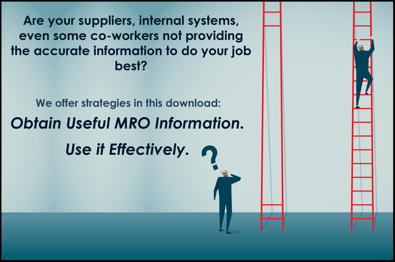With the contingent workforce steadily increasing, it is crucial for organizations to truly understand the good and bad that comes with it.
The recent surge in contingent labor or temporary labor, driven by the recession and company's reluctance to add permanent staff and by other advantages of temporary, may have you wondering if your business would benefit from a temporary program. Knowing the advantages and disadvantages of the contingent workforce will help you come to a decision. When looking at these pros and cons, remember they all vary case to case and they may not all pertain to your organization or the temps you may hire.
Pros
Flexibility

The most predominate benefit of contingent labor is the flexibilty factor. Companies can experience more flexibilty when working with the contingent workforce. Using temp labor makes it easier to adjust staff sizes up and down based on business requirements. Organizations can hire contignent workers on a project basis, bringing in just the right amount of people needed for a specific task. They then have the choice to keep the temps or not once the project is over. More importantly, this is a geat way to control the the resources that go into a particular task.
Savings
There are cost savings opportunities when working with the contingent workforce. As stated above, temp laborers are usually hired on an as-needed basis, this means corporations won't have to pay temps during downtime like they would permanent employees. When managed properly, a company can decided how much funds go into a particular task by carefully picking the amount of temps working on a project. Also, with contingent workers, companies can avoid withholding payroll taxes, paying social security taxes and Medicare taxes, which are handled by the temporary labor agency.
Other advantages include:
- Giving HR the opportunity to assess new employees without actually hiring them. And if there is deire to hire temps, it generally can be done without incurring any recruiting costs.
- Having the temporary labor agency train the workers to meet your specific needs.
- The ability to manage the contingent workforce with VMS (Vendor Management Systems) generally offered by the temp agency.
- Accessng unique skills that don't reside in your organization and are needed for a specific project.
- Avoid unemployment claims when the decision is made not to keep a contingent worker.
Co-employment issues
Confidentiality
Other disadvantages include:
- There is a higher chance of turnover with contingent workers, which will lead to increased training cost for each worker replaced.
- Customers may fell there is a lack of personlized service. Many people prefer dealing with the same person and are even comforted by a familiar face that they feel remembers them and their needs.
- Potentially higher cost for what are really permanent jobs that could be less costly with a full-time, permanent employee.
How CoVest can help
CoVest Sourcing Network has partnered with HCMWorks to help you navigate through the good and the bad that comes with the contingent workforce. This new partnership, known as The Talent Exchange, will give members all the benefits one would receive when hiring temp labor with no repercussions. To learn more follow the link below.
Click the image below for a complementary download




